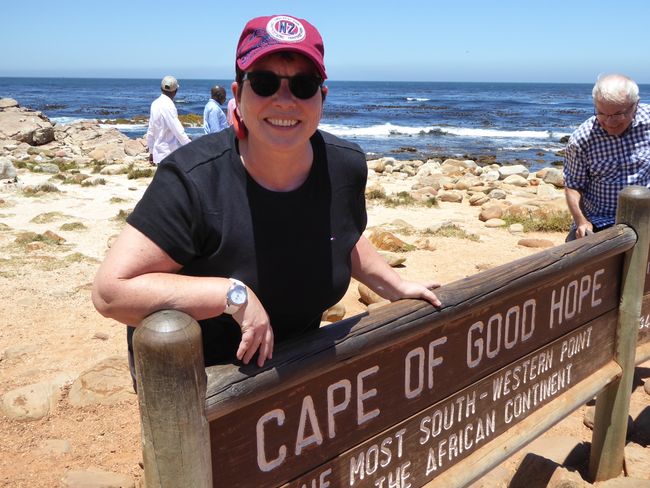
Südafrika - Kapstadt, Stellenbosch & Garden Route
vakantio.de/sudafrika_capetown_gardenroute
Swartberg Pass & Ostriches
Publicerad: 04.09.2019
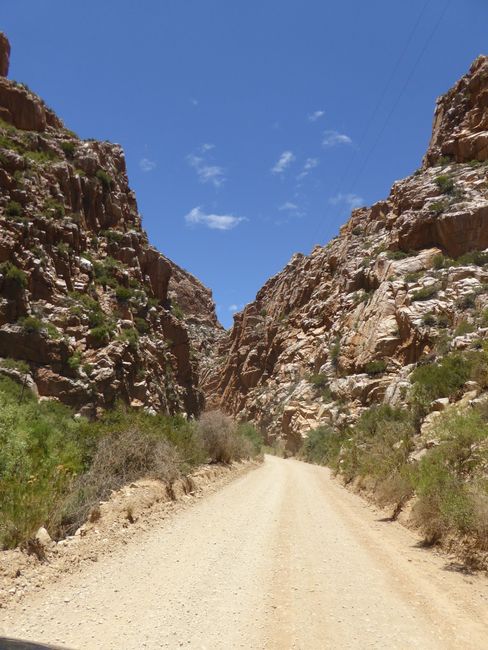
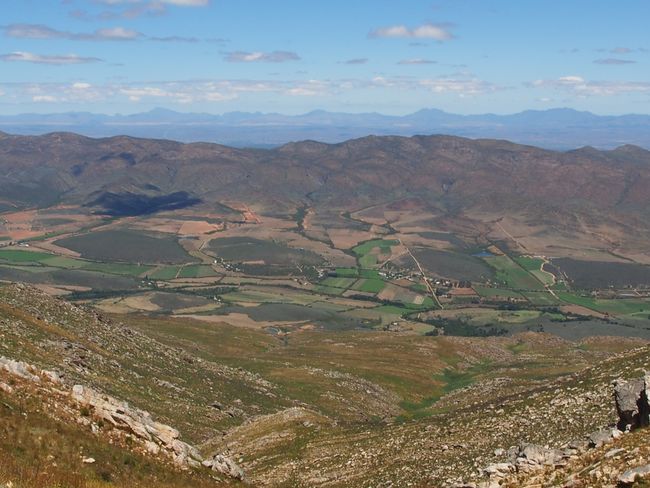
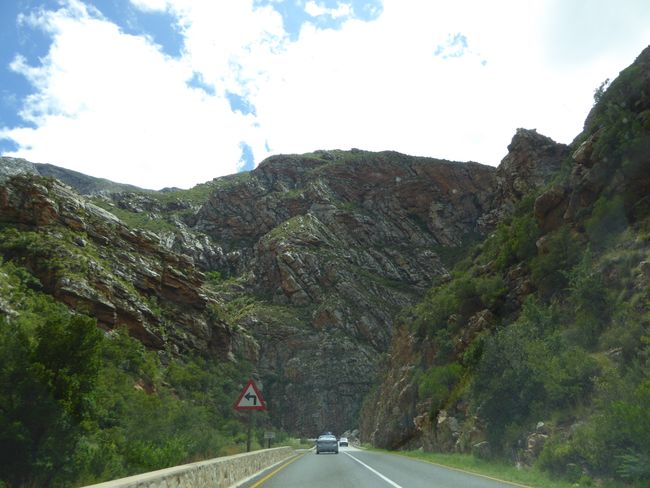
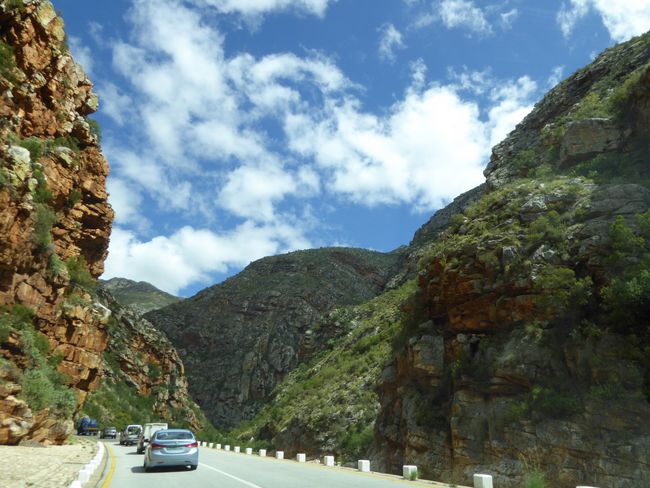
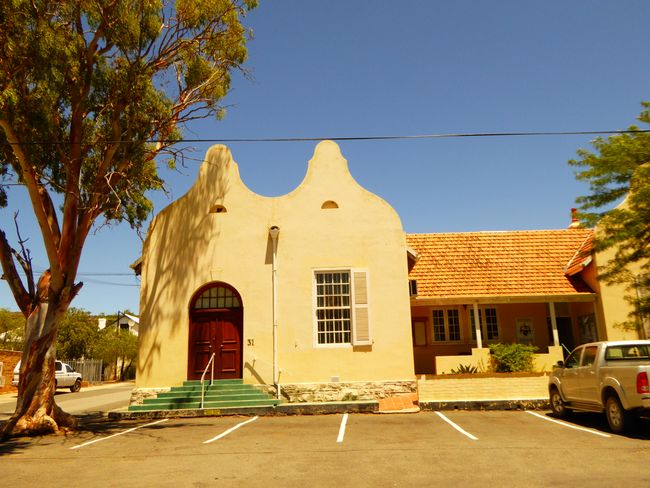
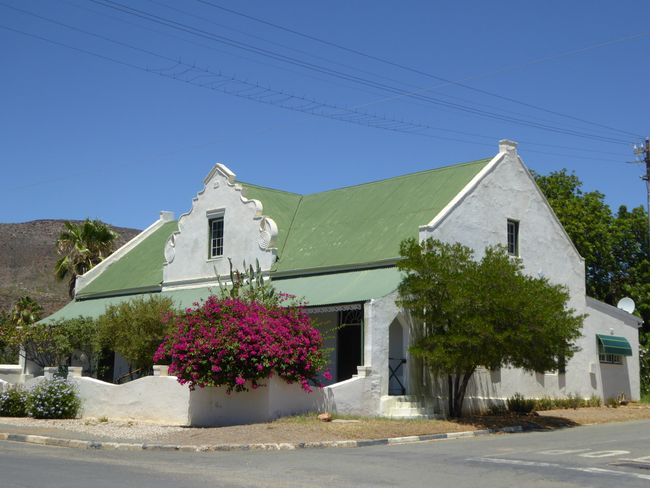
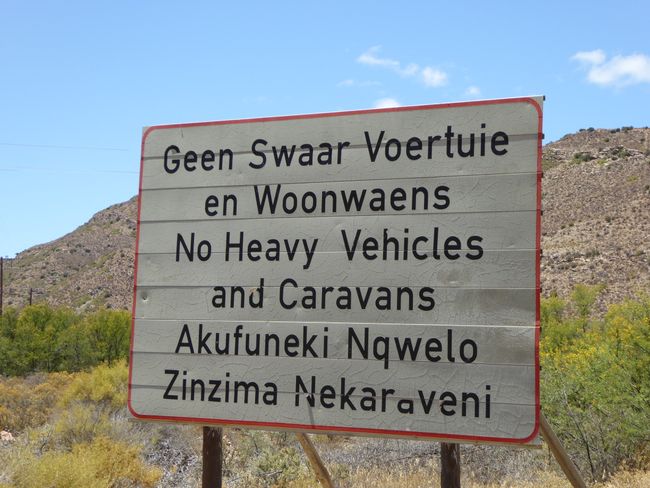
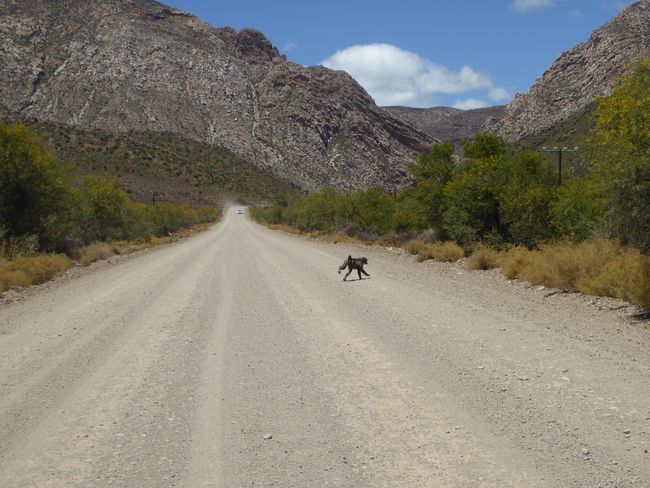
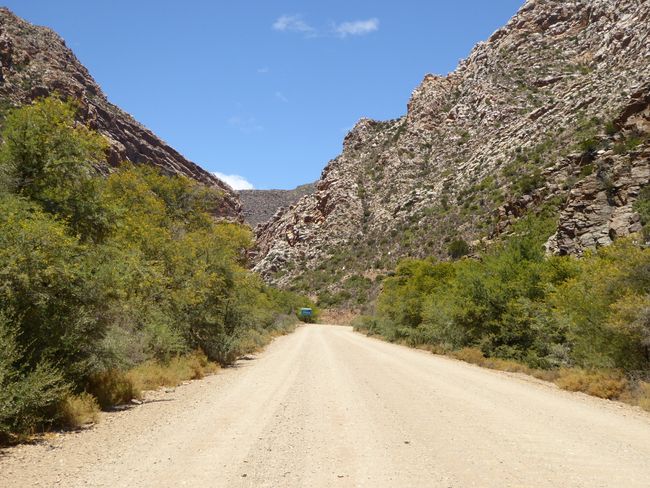
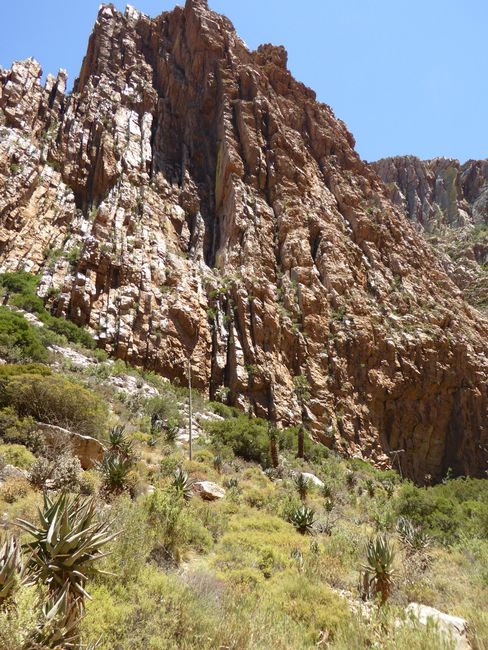
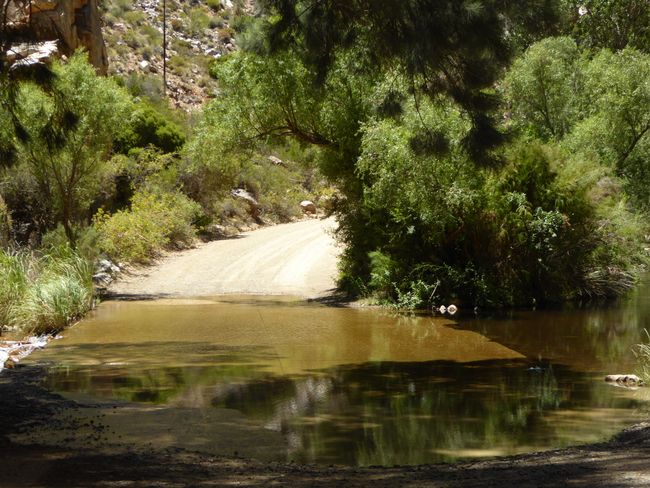

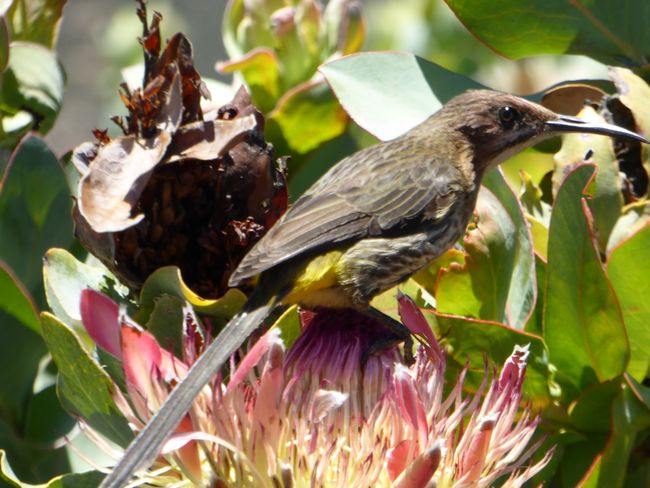


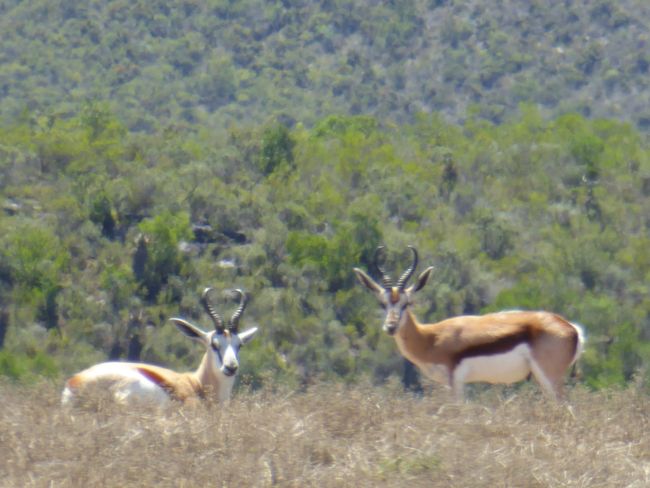
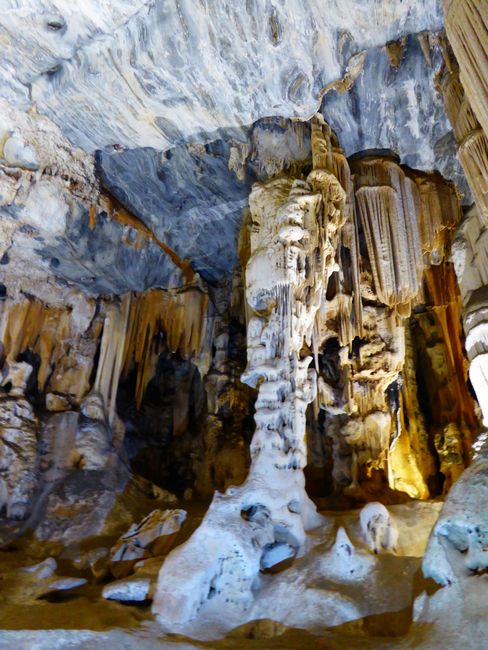
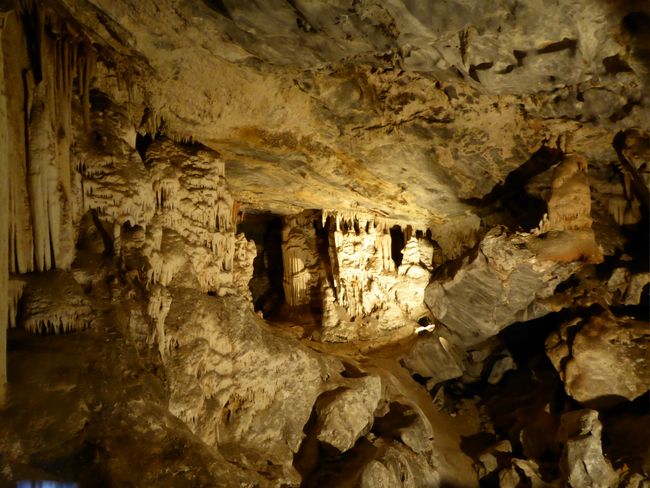
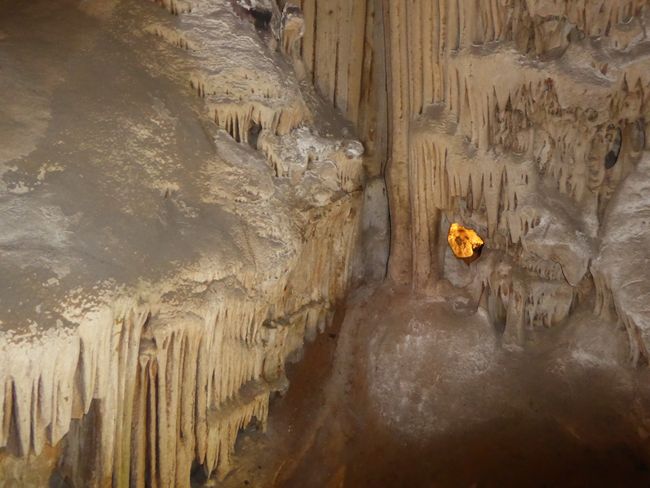
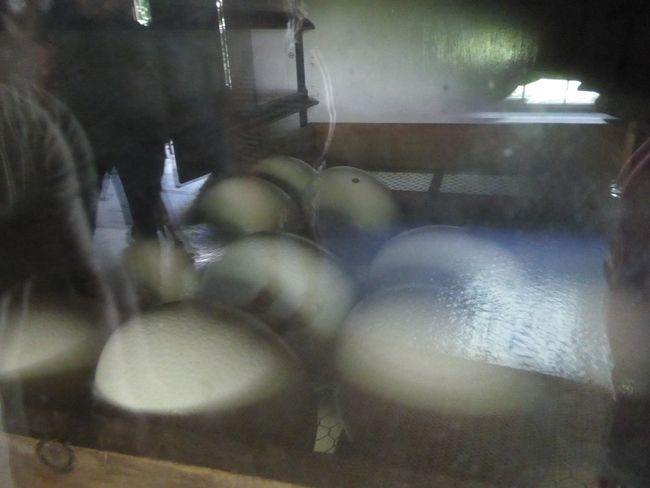
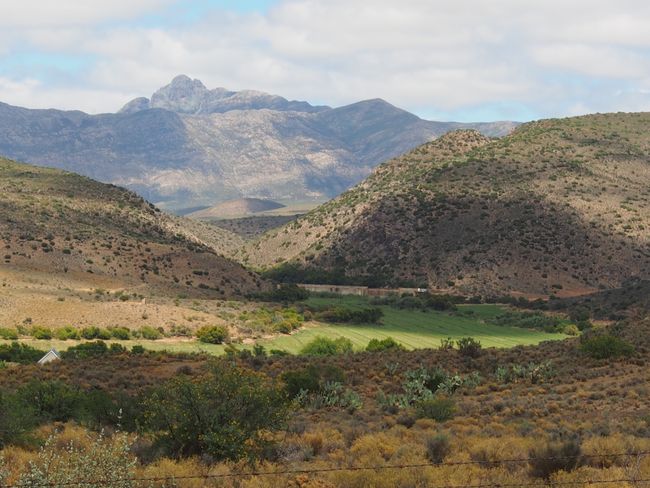
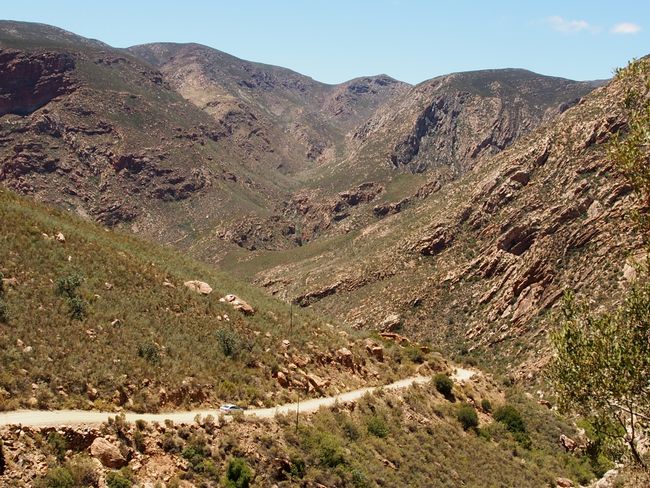
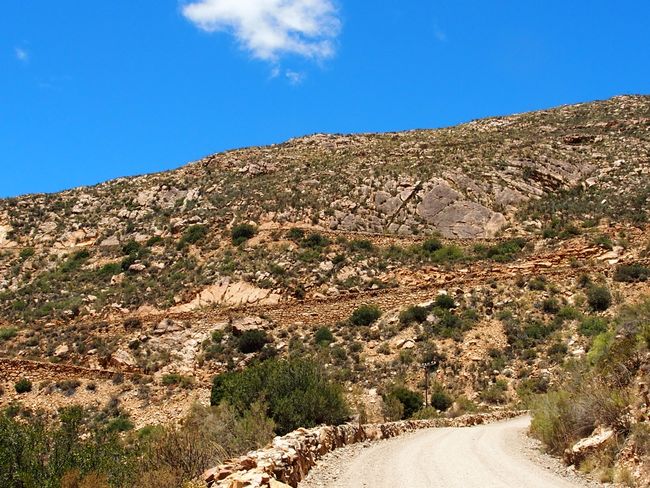
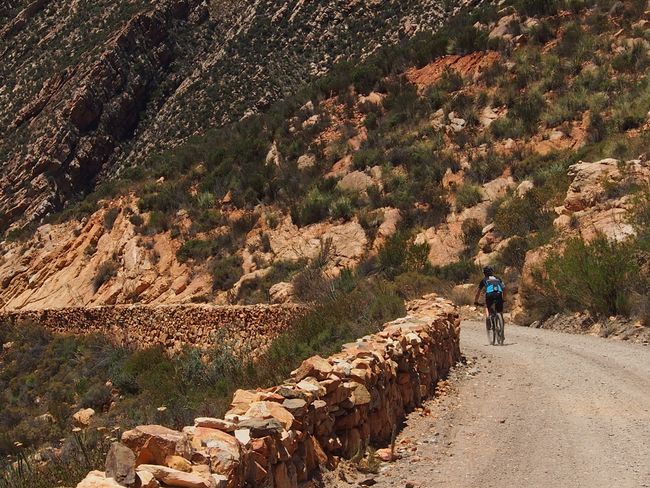
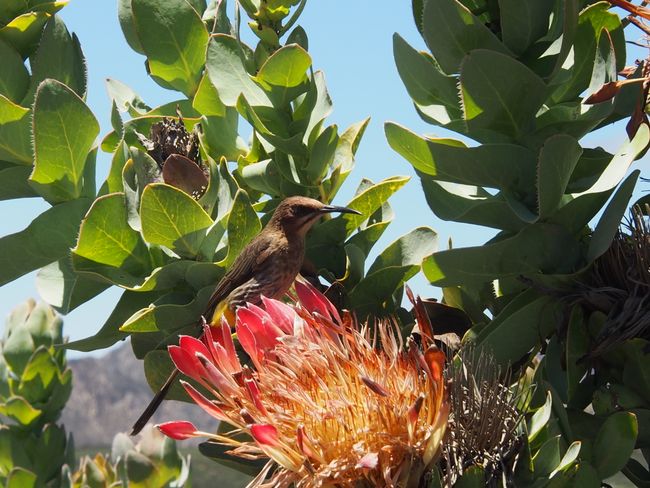
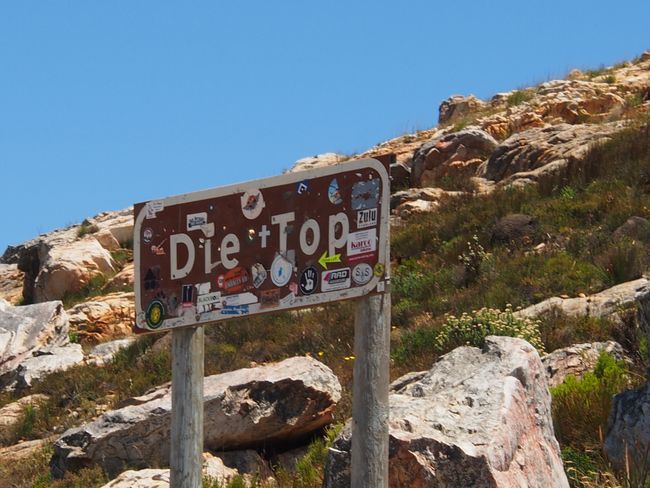
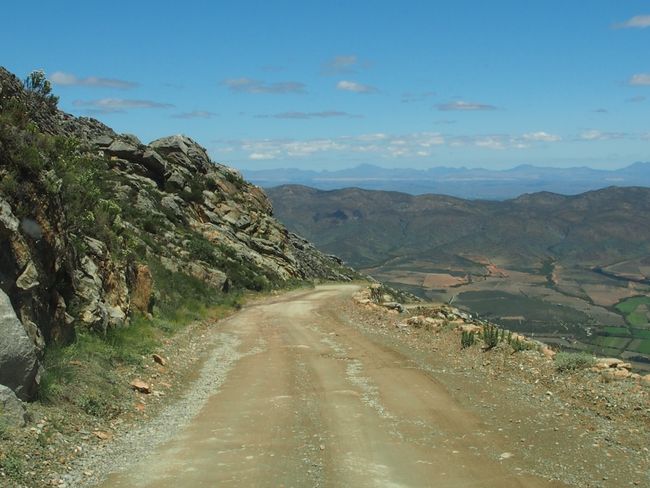
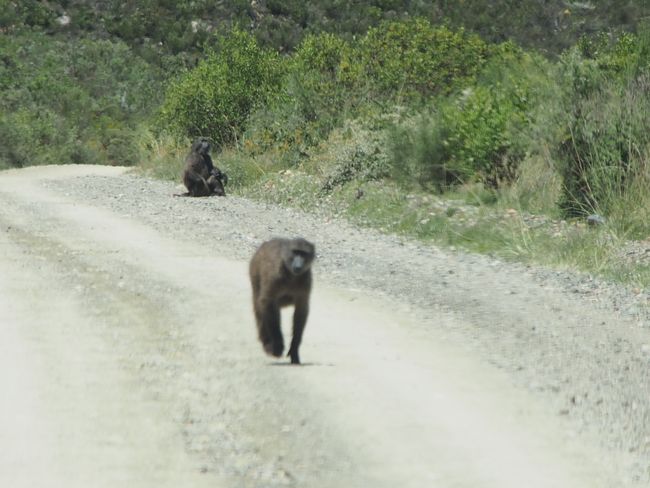
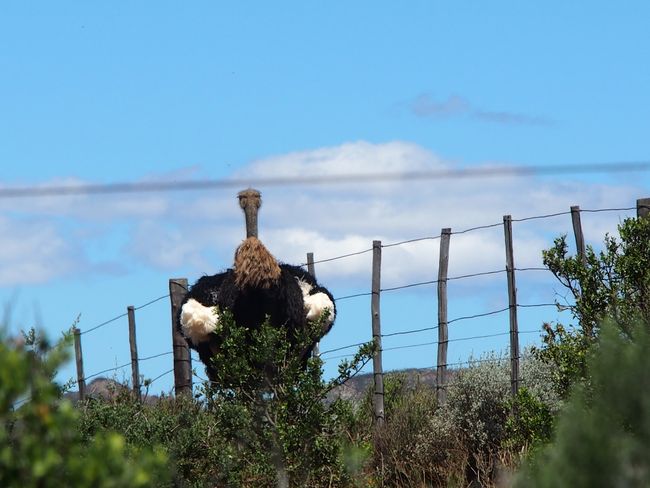
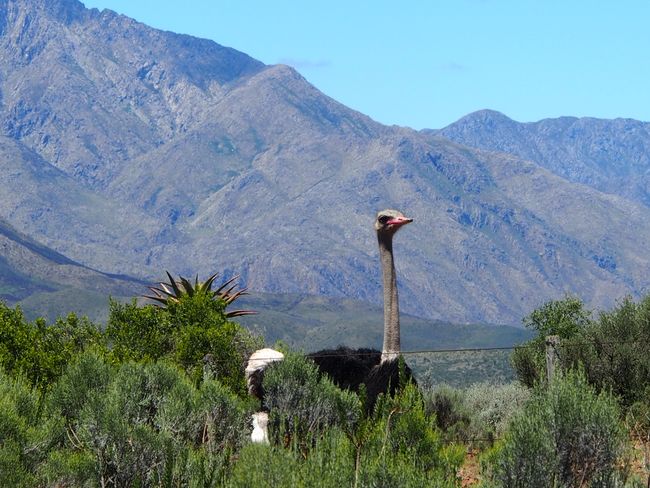
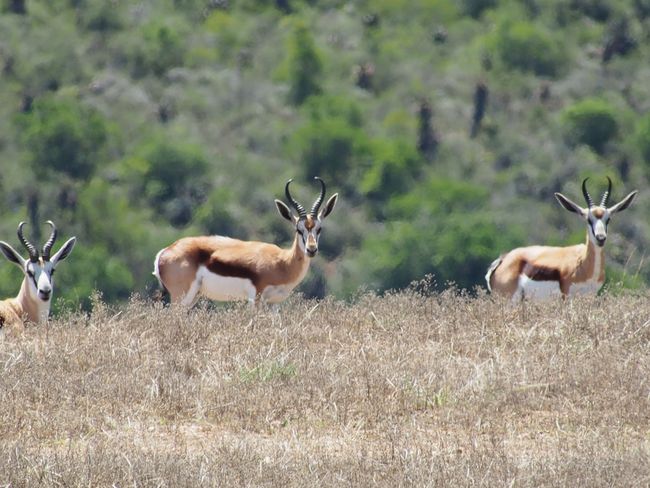
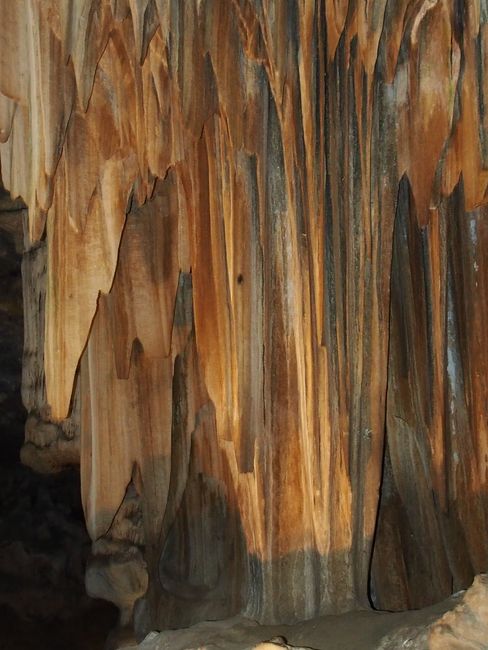
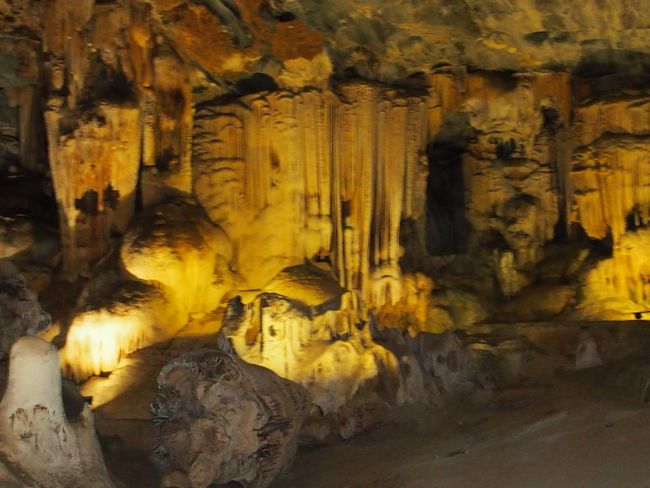
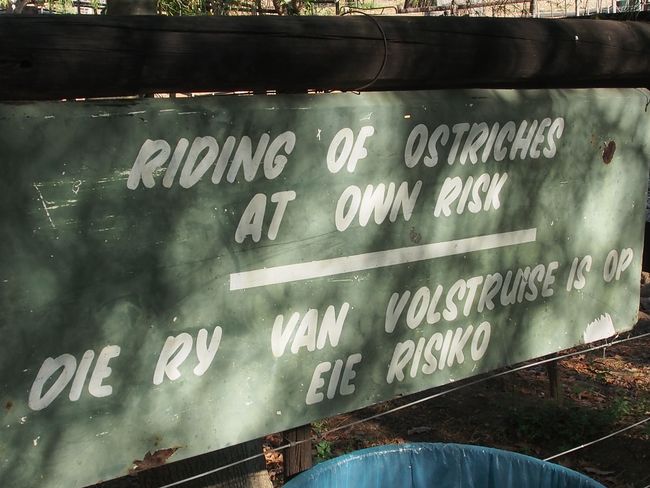
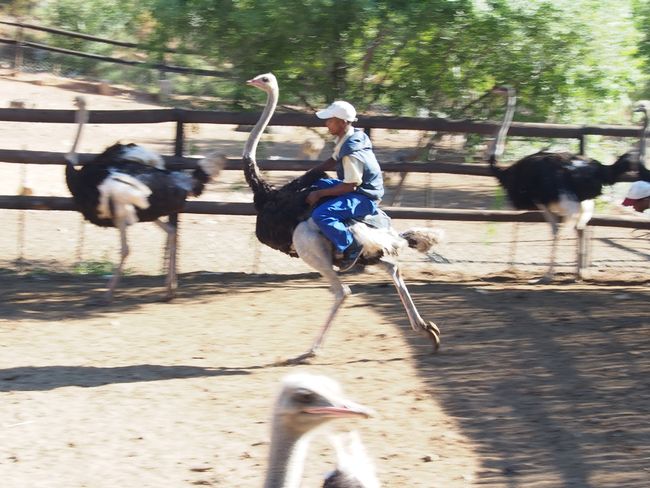
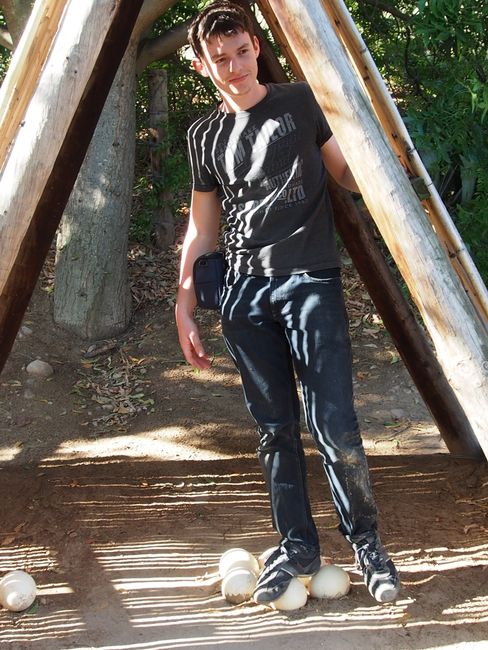
Prenumerera på nyhetsbrev
Friday 8.1.16
It is already clear at breakfast at 9:00 am: It's going to be hot today. At 9:30 am we set off, actually want to go to the Cango Caves first, but somehow get lost and instead pass the magnificent Meiringspoort gorge without knowing that it is the one - because we still believe we are on the other road that leads to the caves. The Meiringspoort Gorge is the main road through the Swartberg Mountains and a National Route (N12), offering steep towering cliffs, a winding road, and the feeling of driving in the mountains.
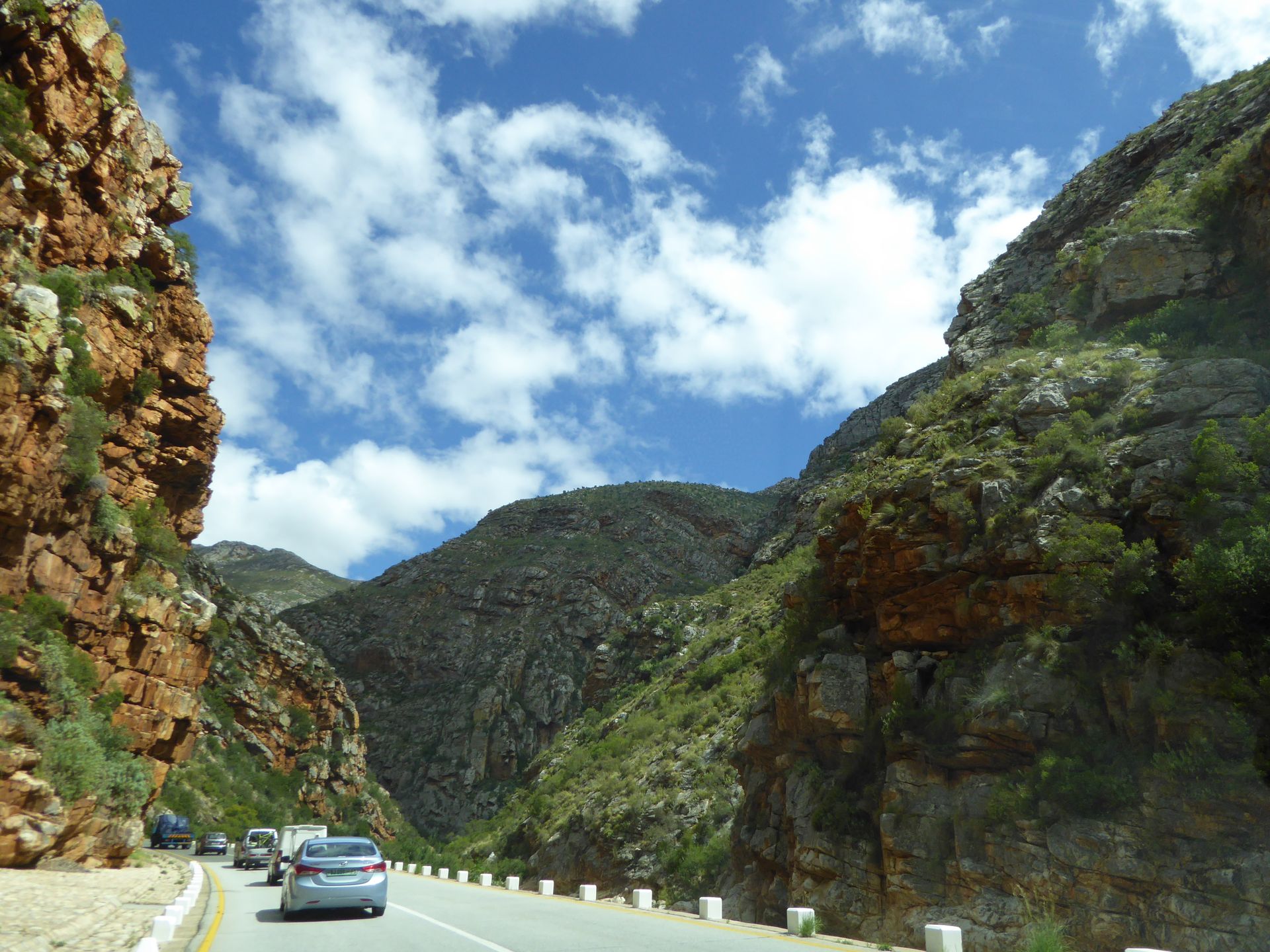
Meiringspoort Gorge
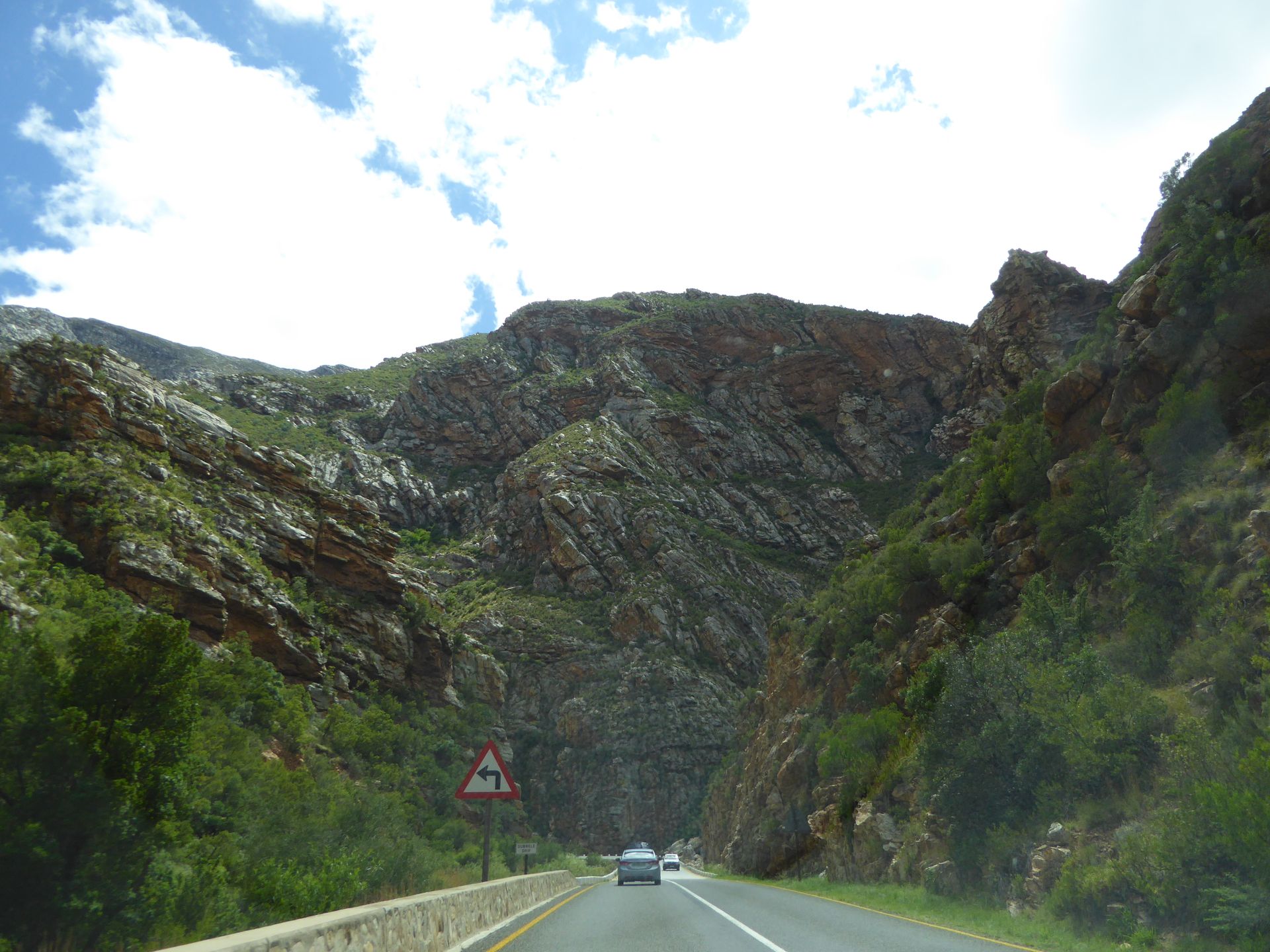
Right after that, we enter a flat area and after over half an hour, still not seeing anything of the Cango Caves, I turn on the navigation on my phone and we realize that we have driven east of the Swartberg Pass, where we actually wanted to drive on the way back.

Prince Albert

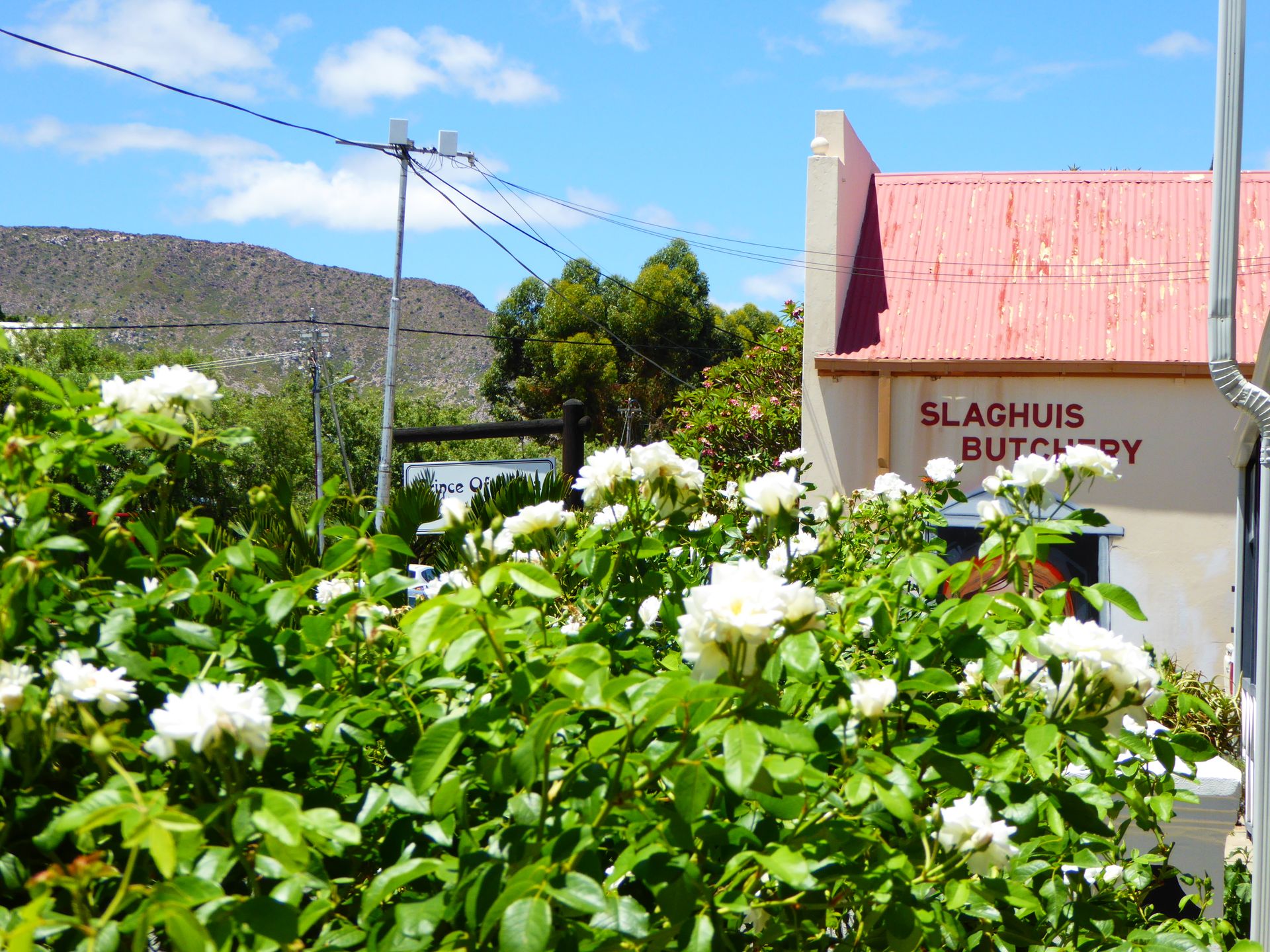

Prince Albert
We take a detour to Prince Albert, a small nearby town, which has beautiful houses and is very peaceful, elegant, and pretty in the sun.
Then we make our way to the Swartberg Pass. A certain Thomas Bain fought for this passage in the 1880s. It leads up to almost 1600 meters in height and back down over 27 kilometers. Today, this road is considered a national monument in South Africa, and the Swartberg Mountains have even been a UNESCO World Heritage Site since 2004.
The mountains owe their name to the first settlers who saw the flat growth from a distance as black. However, the rocks are actually red. The areas Little Karoo and Great Karoo are separated by the Swartberg Mountains.
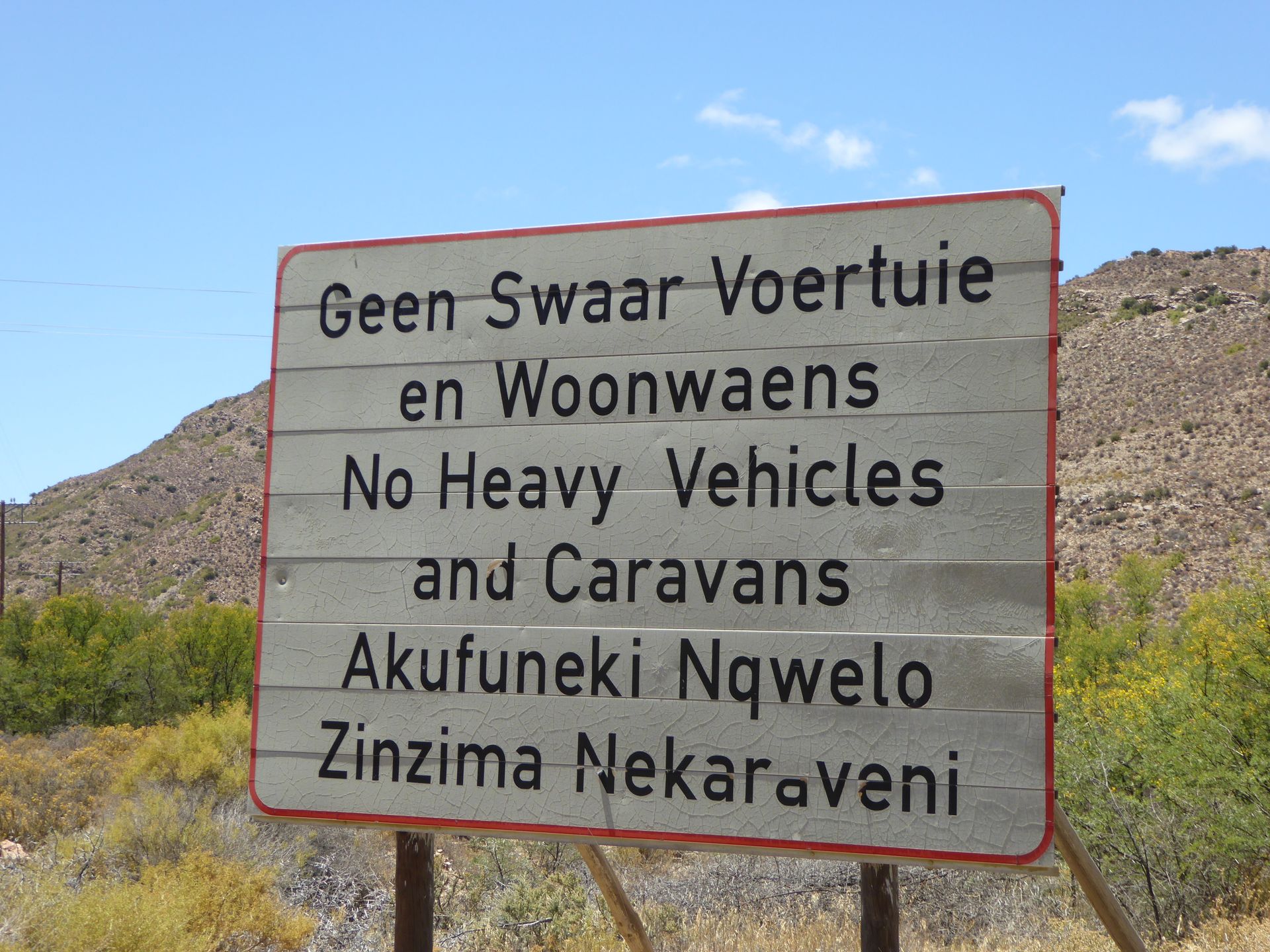

Swartberg Pass
Right at the beginning of the Swartberg Pass route, which is an unpaved road (January 2016), we have to drive through a stream, which is shallow. Nonetheless, it feels a little uncomfortable with a normal car and without knowledge of how deep the water really is or if there are any nasty holes lurking under the water... Who wants to get stuck there?


Swartberg Pass
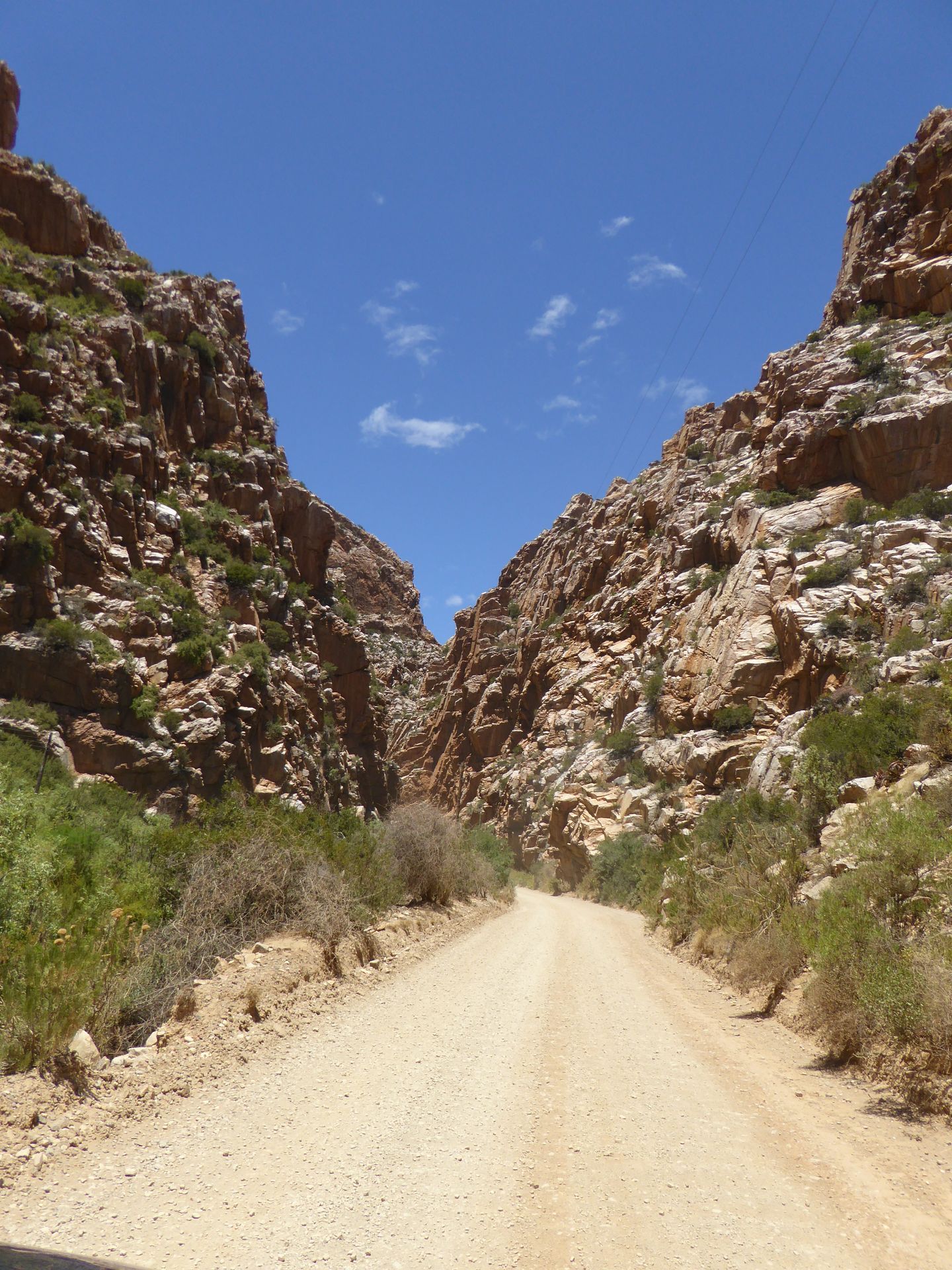
Swartberg Pass
Next to us, there are magnificent rock formations - it is now over 30 °C and the crickets chirp around us. After yesterday's rain, the ruts on the road are probably even worse than usual. Especially because they run not only along the road but also a lot across the road, as all cars constantly drive, brake, drive, brake.
This is complemented by countless potholes, which make driving an absolute torture for the driver and passenger. The only good thing on this annoying road is that we hardly see any cars coming towards us or behind us.
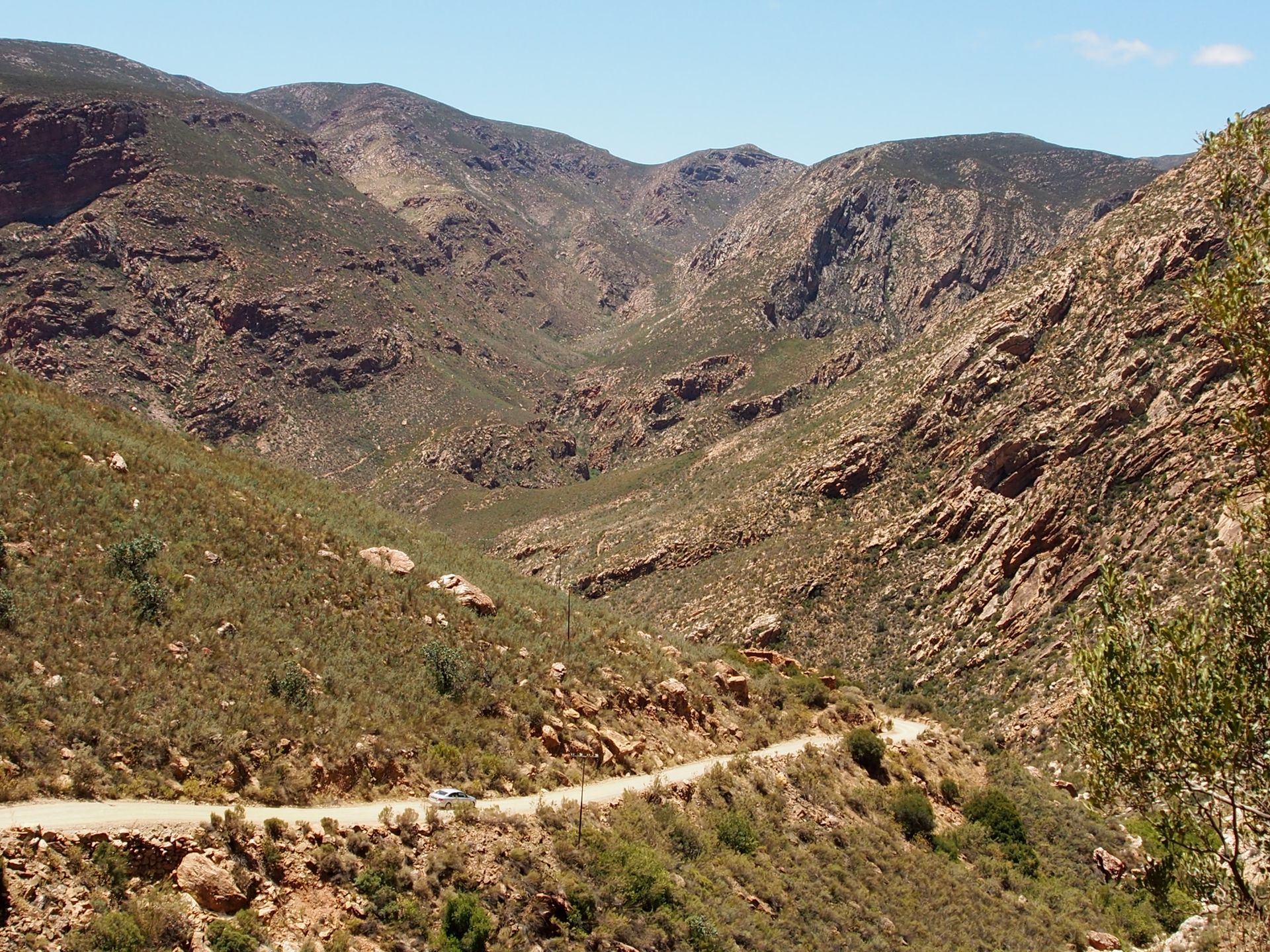
Part of the bumpy track runs along a steep slope, so my passenger eventually takes a seat in the backseat. Africa is not for sissies - and this route is not for both of us.

Swartberg Pass

Actually, it's only 25km from start to end of this pass, but it takes us two hours, even though we practically ignore all the viewpoints - that's how annoyed we are with the drive.

Everywhere it says that you can drive this route with a normal car. That's true, but you have to drive so cautiously not to rip off or scrape the chassis and lose the exhaust - it's no fun. Not even after 6,000 km in Alaska - this is not something to repeat here. Nice view or not. We only stop at the top and take a few photos.


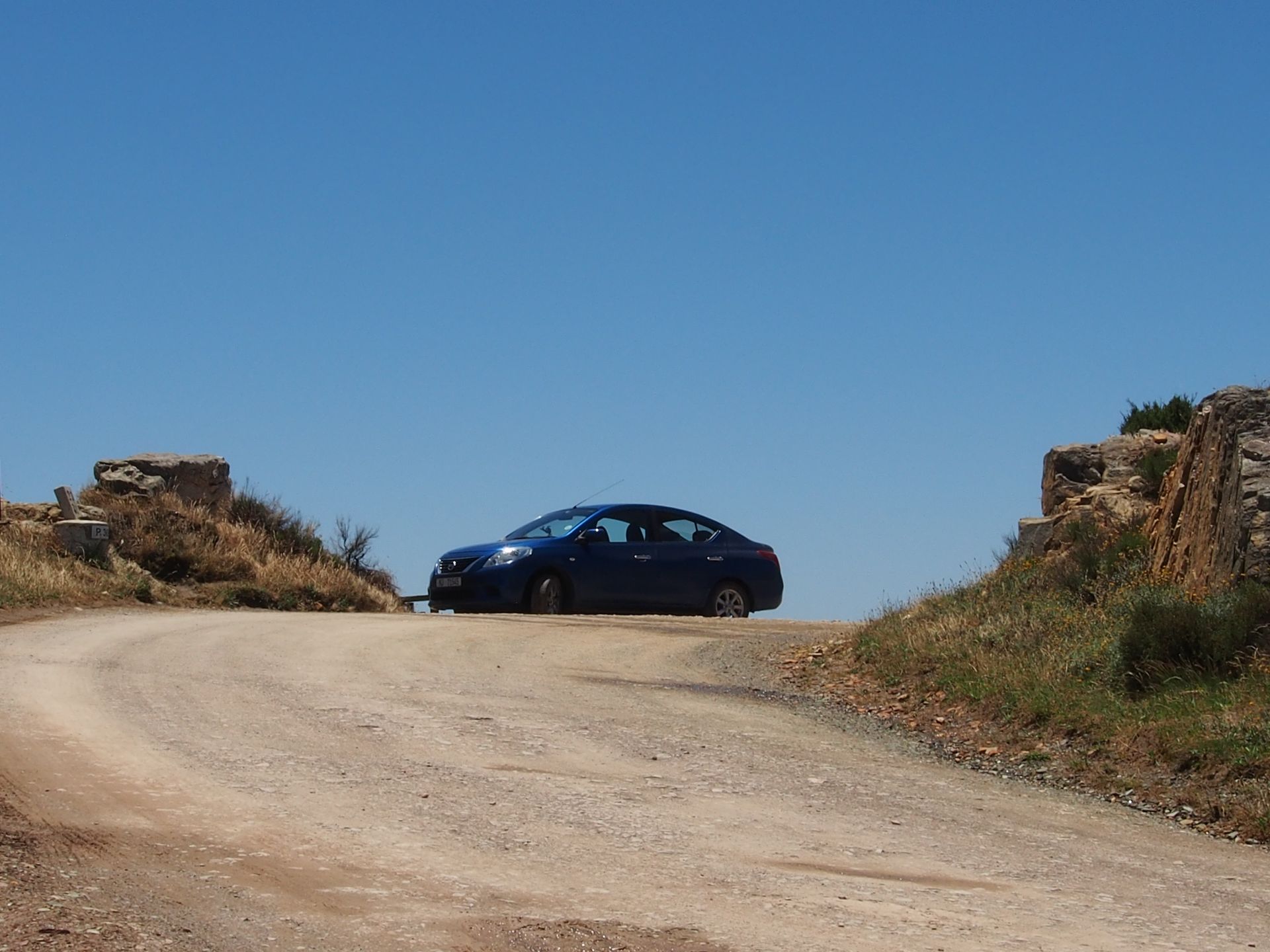
Us at the Top
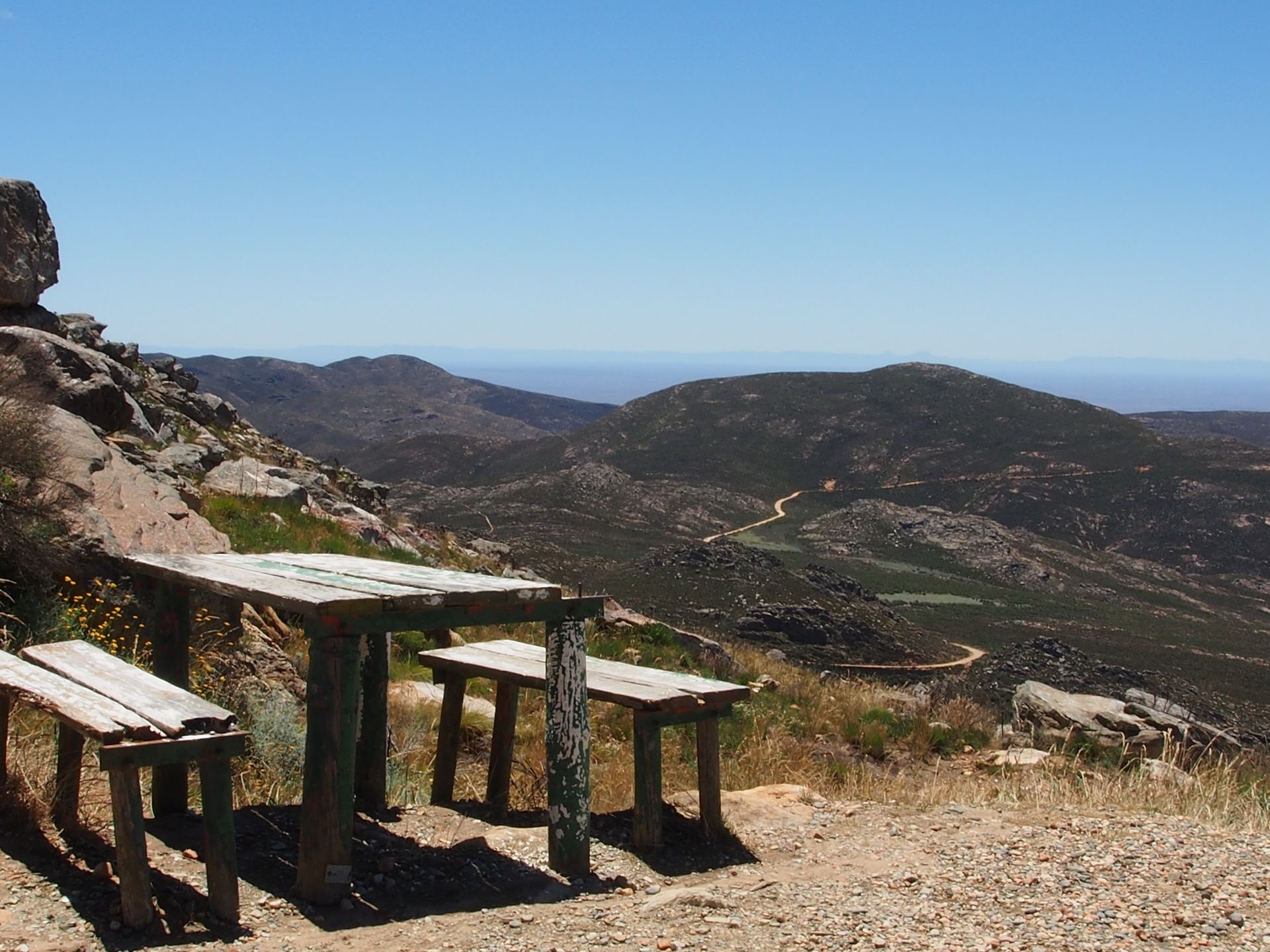
View from the Top
In addition, bushy proteas grow here, on which beautiful birds with long tails sit and collect nectar from the flowers.


So far so beautiful - and then at some point after 2:00 pm, we have anchored this experience Swartberg Pass in our personal travel diary and are happy when we reach the Cango Caves at 2:30 pm. The ticket for 85 Rand for 3:00 pm is quickly bought. You can only enter with a guided tour here. While we still thought that we should take a jacket with us, the boy who is earning some pocket money in the parking lot already explains that it is 30 degrees inside.
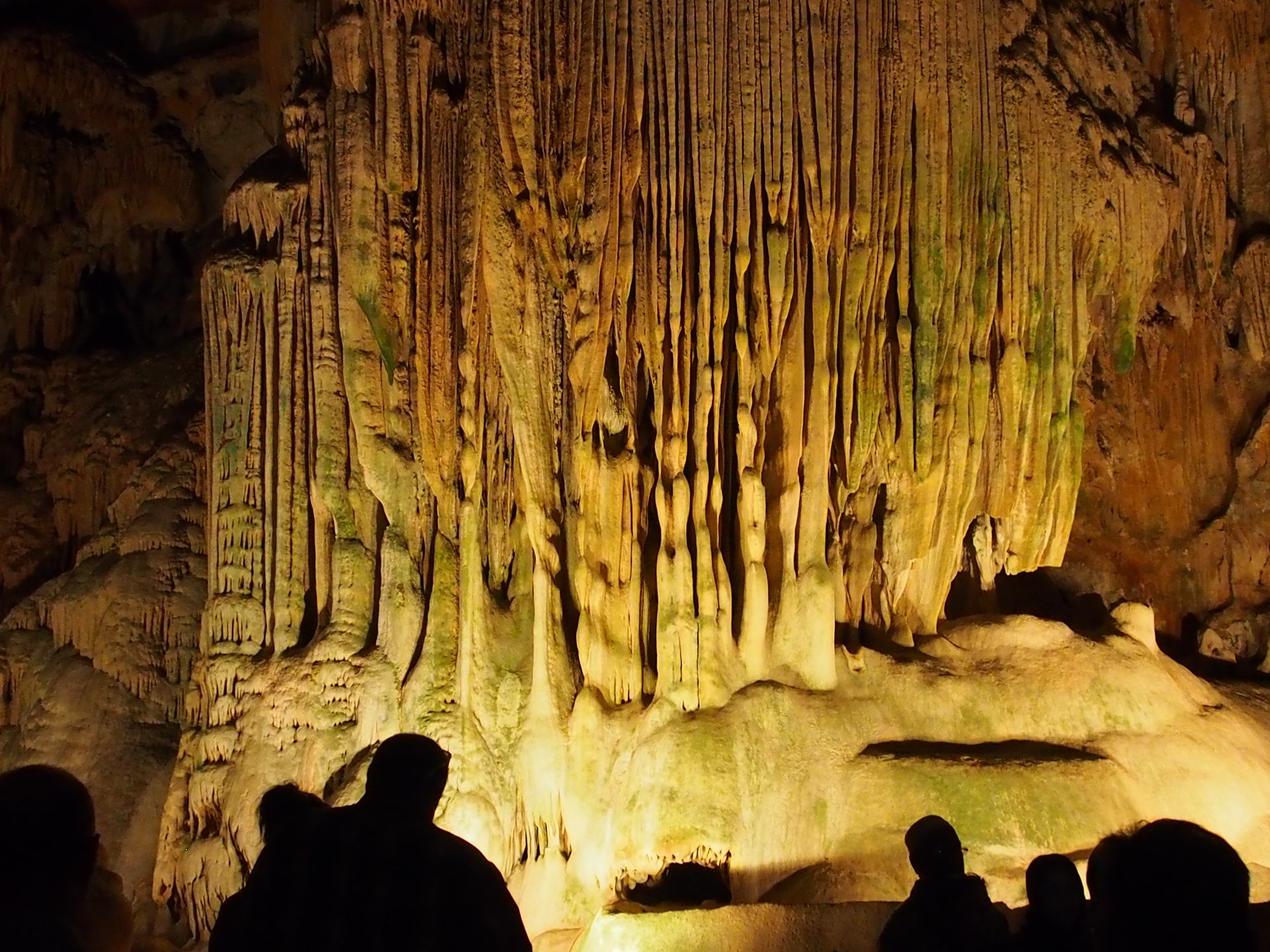


The cave is beautiful. You should wear sturdy shoes and be able to climb stairs. It consists of several more or less large caves, some with huge cathedral-like ceilings and impressive stalactites.
After an hour, we are back in daylight and on our way back, we quickly stop at some ostrich farm. On the way here and also yesterday, we have seen vast pastures on the left and right side of the road, where there are no cattle, but hundreds of ostriches running around.


The Cango Ostrich Farm is certainly not the best address, but we catch the last tour at 4:30 pm and learn a bit.
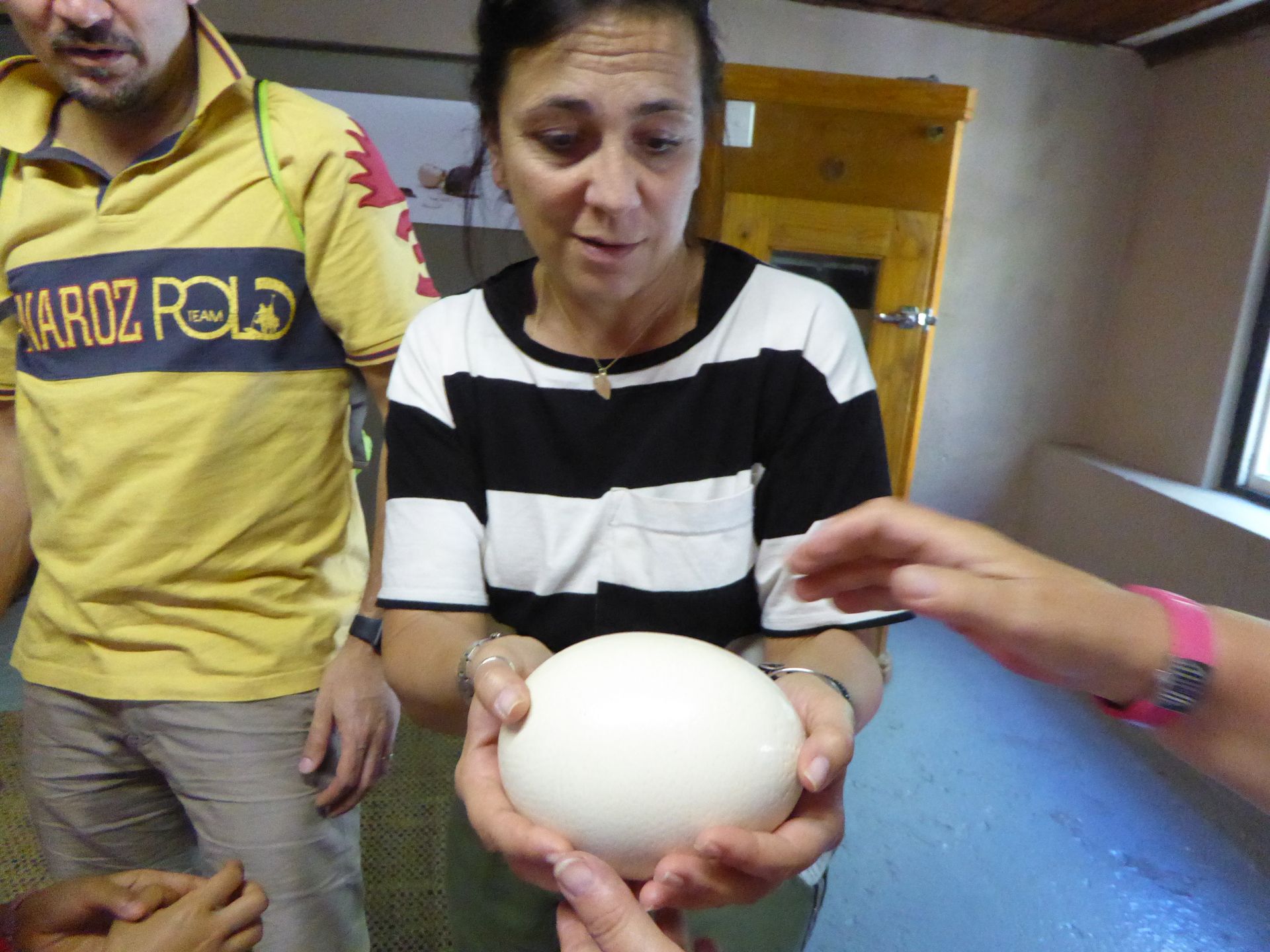


The feathers of the females are grayish-brown and are only used for feather dusters. The feathers of the males are of much higher quality and softer, and from these, feather boas are made. The males have a red beak during the courtship period and are quite aggressive. Ostriches can live up to 60 or 70 years. Females lay 14-15 eggs per clutch. If you take eggs from their nest, they produce new ones "automatically". This is an incredibly profitable business for ostrich farmers. They continuously produce eggs or even ostriches, as the taken eggs are placed in an incubator if they are fertilized. To determine if they are fertilized, they are placed on a type of inspection table.
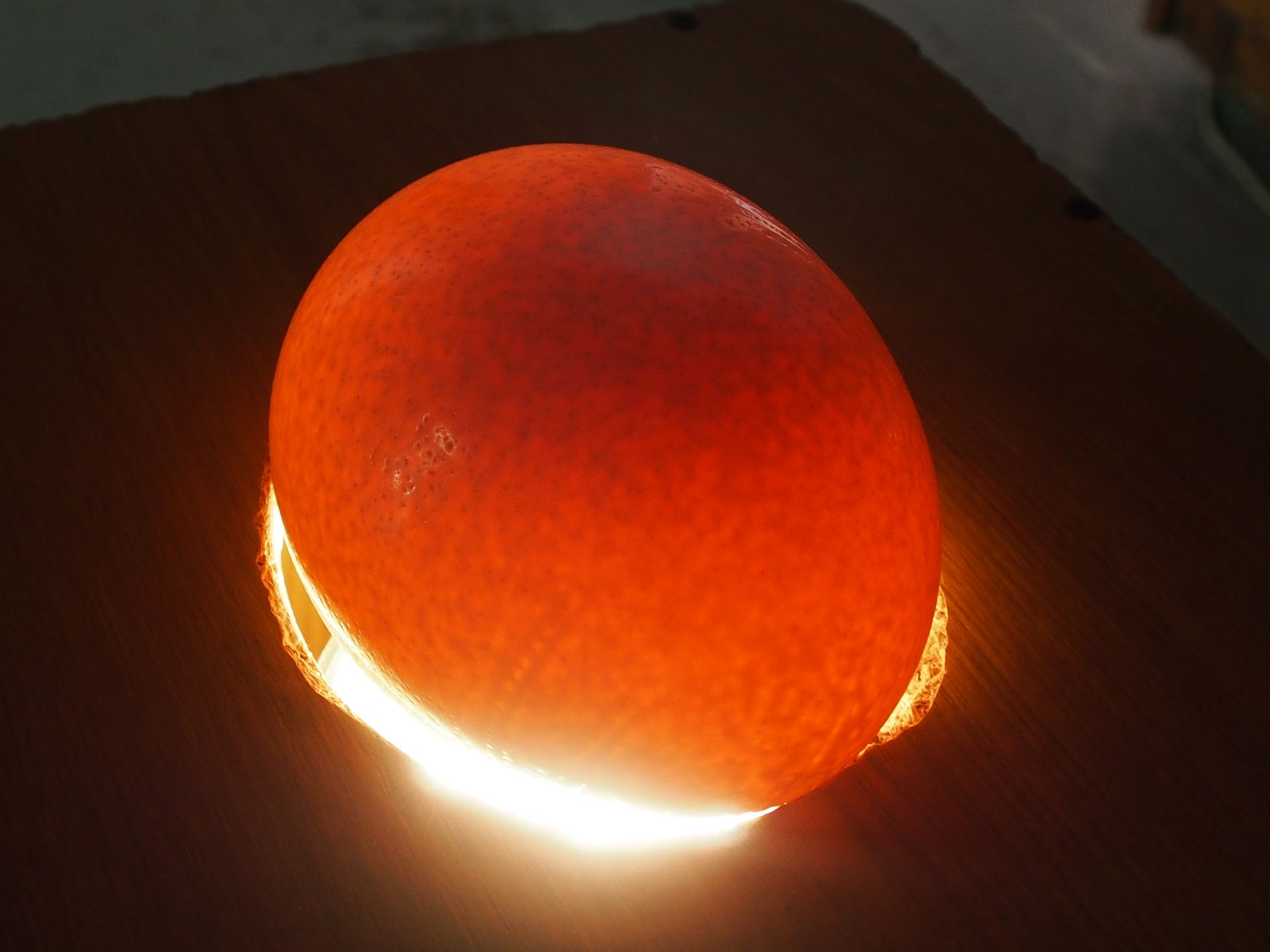
The ones that are not fertilized can still be used as food and souvenirs. They are abundant here (also in Cape Town). Decorated ostrich eggs in all kinds of decorative styles. Some are carved, as lamps, candle holders, or simply adorned with African or Chinese decorative elements - along with the most colorful feather boas. Ostriches are a lucrative business for the farmers, who are all accordingly wealthy and live in huge houses and villas. Ostrich meat is practically fat- and cholesterol-free. Ostriches eat about 2.5 food pellets and about 1 kilogram of stones per day! The stones are necessary for their digestion, it's hard to believe. They are also not very smart, their brain is small, and they can be easily outsmarted with simple tricks. But they are not exactly friendly, and when you offer them food, they become eating machines. Males weigh around 120 kilograms, females around 100 kilograms. So, nothing to mess with. In addition, the feet of the animals are equipped with very sharp claws. An attacking ostrich can easily slash you from top to bottom with one claw.

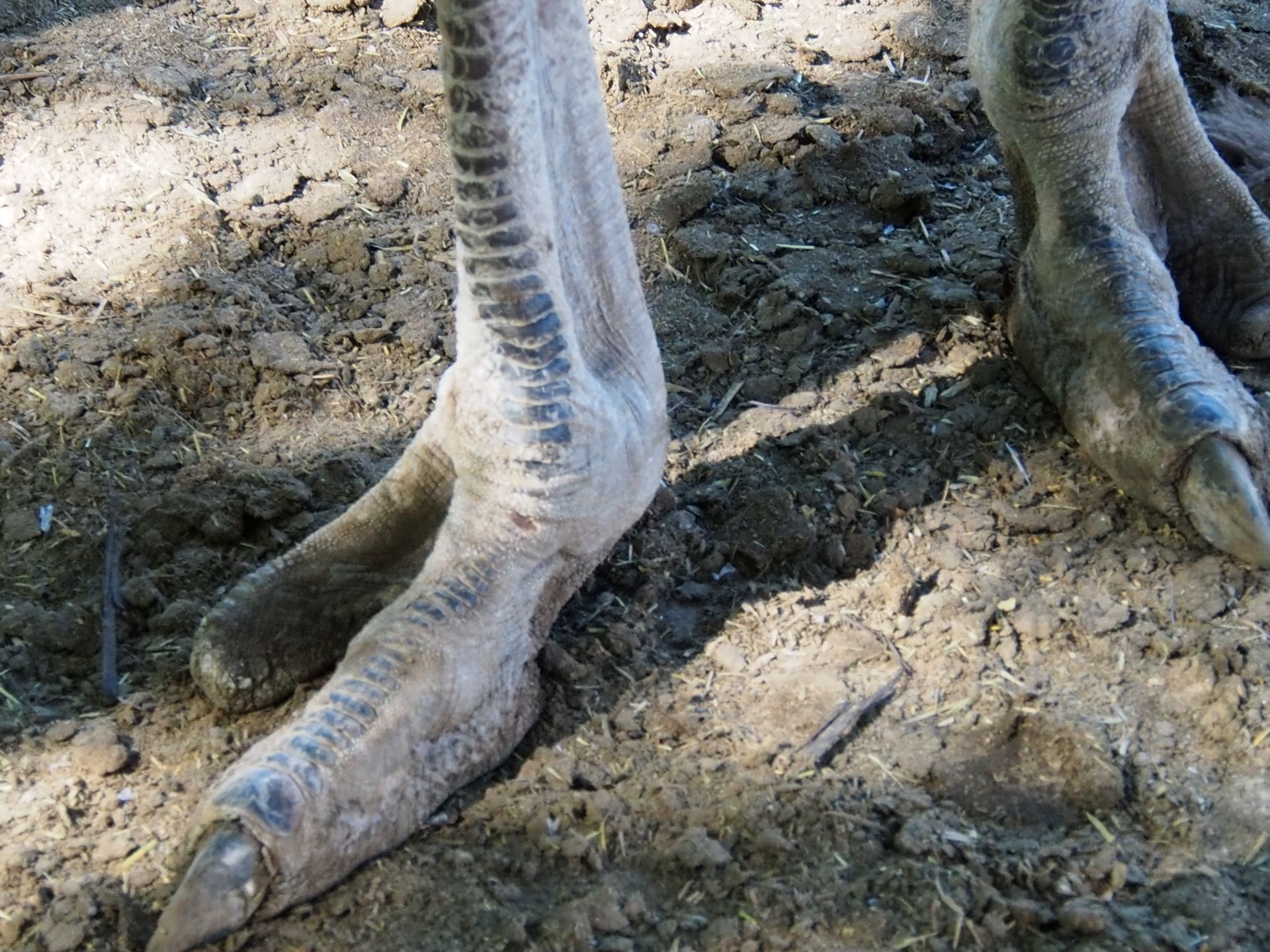
After some information of this kind, we walk along some enclosures. The animals look really scruffy. So either this farm exhibits the most worn-out animals or they simply don't take care of their animals here. You can feed the animals here and even stand on an ostrich egg. The shells are so strong that they don't break. A rather dubious spectacle is riding on ostriches. The two German boys, who are also part of the tour besides us, do it. But the way it is done seems like animal cruelty.

Ostriches have sacks pulled over their heads so that they can't see anything and then the stupid tourist sits on the back of the animals. As soon as the sack is removed, the instinct to flee sets in, and the animals run through the enclosure. Then you should use your neck as a "joy-stick" or joystick.


The keepers have briefly demonstrated this before. But that's really incredibly brutal and just can't be right. The other ostrich farms in the area even offer ostrich races when you visit them. So there is really no need for that.
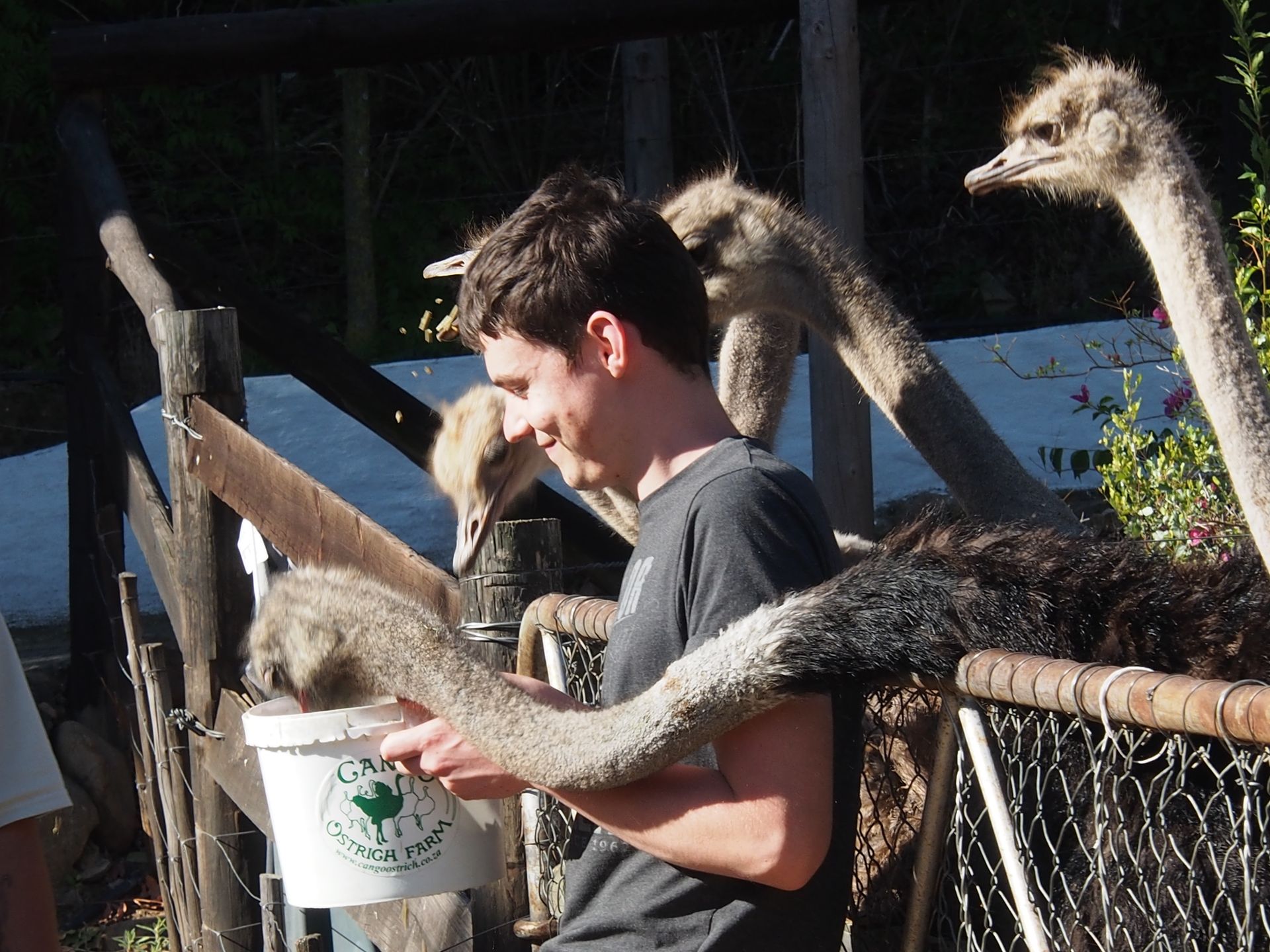
Back in Oudtshoorn, we find a nice place to sit outside at the restaurant "Black Swan". I treat myself again to Bobotie - so delicious. The salad with beetroot and blue cheese as a starter is also tasty enough to stay sitting.

At 8:00 pm we are at the hotel. Secure the pictures, end of the day. Off to bed.
Prenumerera på nyhetsbrev
Svar
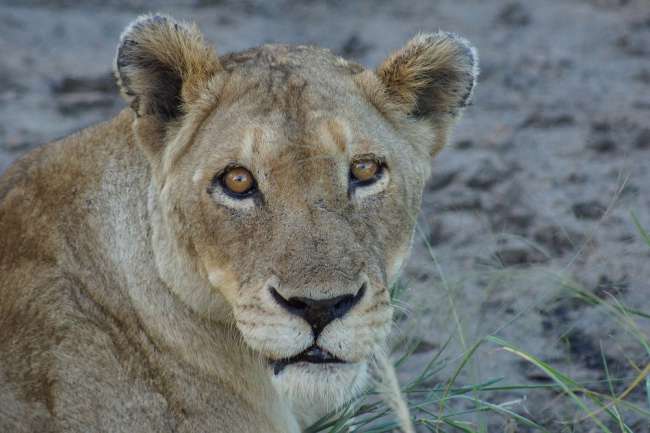
Reserapporter Sydafrika
